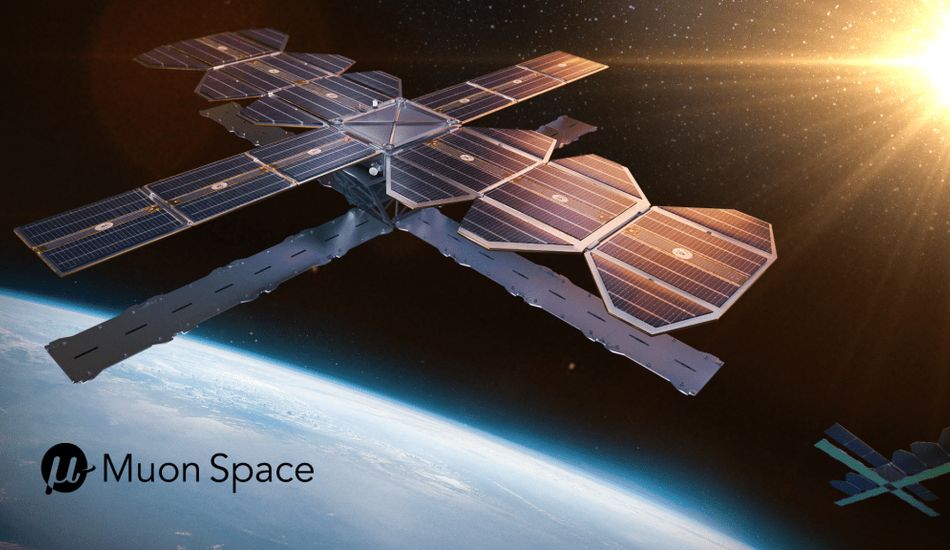
Hubble Network plans major satellite upgrade for global Bluetooth coverage by 2027
Hey tech enthusiasts! I've got some exciting news about Hubble Network. If you're like me, you're always looking for ways to stay connected and keep track of your stuff. Well, Hubble Network is taking that to a whole new level with a massive upgrade to its satellite-powered Bluetooth network.
Think of Apple's Find My feature, but on a global, enterprise scale. That's what Hubble is aiming for. They've developed a super-powerful new receiver that, according to Hubble CEO Alex Haro, will create a "true Bluetooth layer around the Earth." How cool is that?
This advanced technology will be deployed on two massive new satellites from Muon Space, called MuSat XL, scheduled for launch in 2027. What's impressive is that the satellites are projected to scan the globe every 12 hours while being able to detect BLE signals at significantly lower power levels than current tech allows.
This means longer battery life for tracking tags and sensors, which is a huge win for businesses. These two satellites will form the foundation of Hubble’s BLE Finding Network, targeting industries like logistics, infrastructure, and even defense.
A Giant leap
Hubble made history in 2024 when it achieved the first-ever direct Bluetooth connection to a satellite. The concept is simple but brilliant: instead of buying specialized hardware, businesses can integrate their devices with a simple firmware update to connect to the Hubble network.
The benefits of a space-based network are clear. It offers global visibility, including in remote areas, and provides a user-friendly way for companies to track their assets without the headache of building additional infrastructure. Currently, Hubble has seven spacecraft in orbit, with plans to expand to 60 satellites by 2028.
The long-term goal is to upgrade the entire constellation to these larger, more powerful platforms. Hubble chose to partner with Muon because of their ability to scale up manufacturing quickly.
Muon's production facility is being expanded to produce over 500 spacecraft per year by 2027. Hubble is the first customer for the MuSat XL satellite platform, which offers multi-kilowatt power, optical crosslinks, high-volume downlink, and near real-time communications.
Muon’s business model is essentially space-as-a-service. They design, build, and operate satellites, allowing companies like Hubble to focus on their core technology – in this case, the BLE network – without worrying about the complexities of satellite infrastructure.
I think this partnership is a smart move. By focusing on their strengths, both companies can innovate faster and more efficiently. I’m excited to see how this technology will evolve and the impact it will have on various industries. What do you think?
Source: TechCrunch